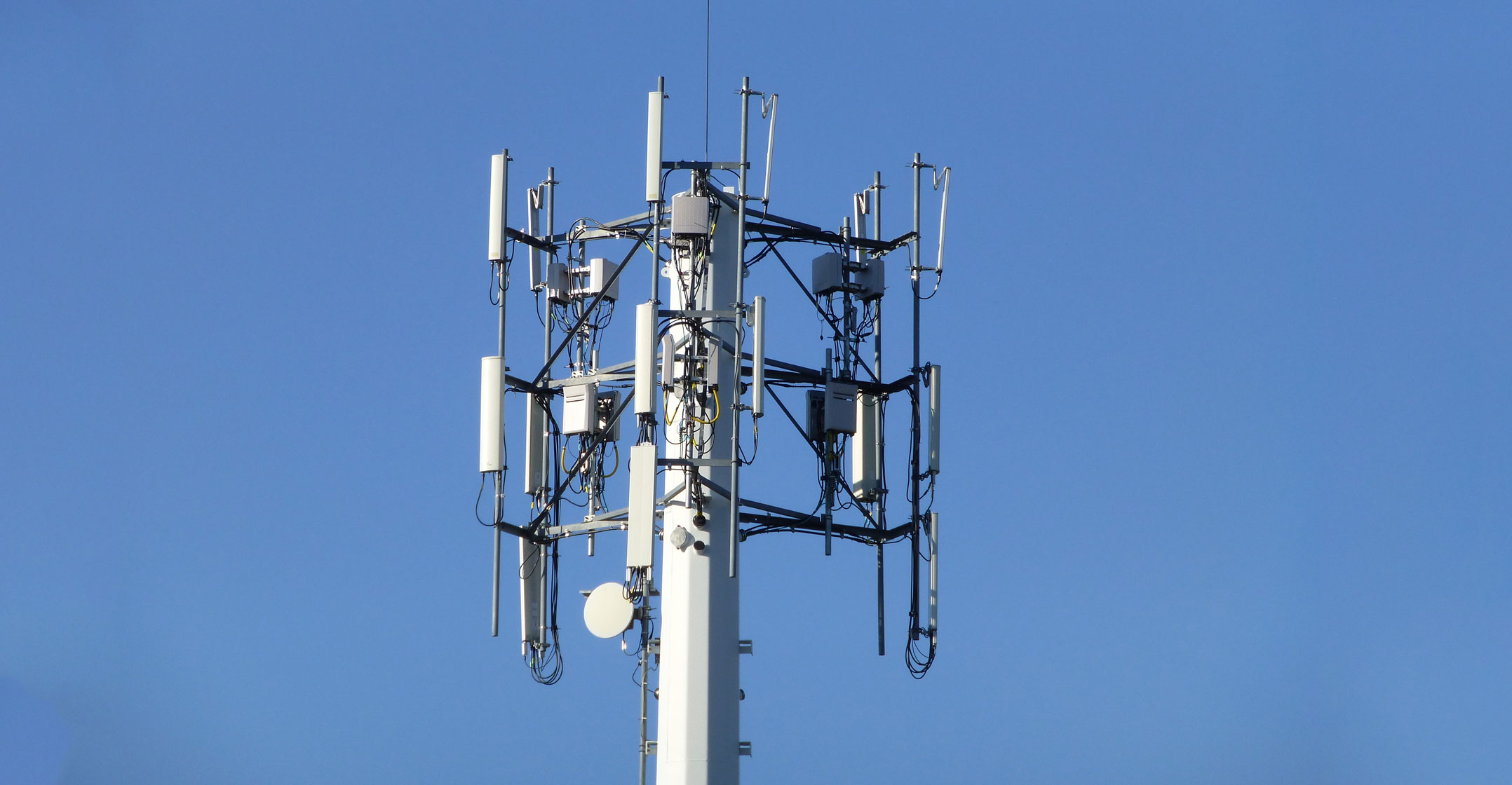
The move from 4G to 5G will be anything but straightforward. Fifth-generation networks will not only host new service types, but require new infrastructure and network design to support them. Are South Africa’s telecommunications operators ready?
Until now, mobile networks — spanning 2G, 3G and LTE/LTE-Advanced — were designed mainly for human interaction with media, whether point-to-point services such as voice, SMS or MMS, or services involving cloud and online content.
While machine-to-machine communication is feasible on these networks, they were designed for the legacy use cases of voice, messaging and data. However, the move to 5G represents something entirely new. Fifth-generation networks will host new types of services based on massive broadband and machine-type communication.
The changeover will upend communication service providers’ traditional skill sets, necessitating expertise in, among other things, edge and cloud computing, software-defined networks, automation, artificial intelligence and network function virtualisation. With the first releases of 5G in 2018 and 2019, operators may find themselves suddenly technologically adrift, having to undergo major changes in order to incorporate 5G.
Under current mobile network design, processing power is centralised, meaning operators data centres form part of their core networks. Increasing the distance between where a signal is picked up (at a base station) and where the service on top of that signal is processed (at the data centre) increases latency (the slight delay users experience while the accessing the Internet or talking over the phone), yet it keeps costs down — acceptable for current network use cases.
However, many of the services to be hosted on 5G networks — among them massive machine-type communication and critical machine-type communication — will demand radical improvements in not only latency, but reliability and scaleability too. The solution requires an architectural rethink: the decentralisation of processing and the ability to call up and remove services immediately, close to the user, while maintaining a high degree of service availability.
5G networks will host a range of service types. Depending on the service, the low-latency and high-availability imperatives will vary. Massive machine-type communication, for example — whereby everyday appliances such as telemetry, metering or security devices send and receive small amounts of information — is mostly latency-insensitive.
Low latency
However, critical machine-type communication — under which would fall major applications such as vehicle-to-vehicle communication (including autonomous vehicles) and remote surgery — require extremely low-latency and high-availability environments. On the other hand, next-generation broadband services such as virtual and augmented reality are also extremely sensitive to latency and throughput.
The upper limit on a signal’s round-trip time is capped by the speed of light (as in a fibre-optic network). 5G services such as remote surgery will require extremely low latencies on the order of sub-one millisecond.
The solution? Multi-access edge computing: the ability to bring up a service as needed, near to the user, by hosting processing functionality at the base station, for example, without the requirement for massive centralised infrastructure.

The concept of “edge computing” or the “edge cloud” refers to using a network’s edge to provide cloud services. Crucially, because many 5G end-user devices will be mobile, to keep latency as low as possible the edge cloud must also be mobile or, more precisely, agile — able to perform seamless, automated handovers to new locations as users move.
To provide this, key enabling technologies — network function virtualisation (NFV) and software-defined networks (SDN) — will need to be integrated into 5G mobile networks. Such technologies allow for the creation of a cloud-type of platform — more specifically, “fog” — that allows a required service to be created instantly, as needed, as close to a user as possible, after which it is removed, keeping computational resources free for other types of users and maximising spectrum efficiency.
Demand for 5G services may arrive quicker in South Africa than expected. In a country where extending fixed broadband connectivity beyond the main metros is a challenge, 5G is a very suitable, quicker-to-deploy alternative.
Furthermore, a future in which vehicles are able to communicate with one another has the potential to reduce accidents in a country where vehicle mortality rates are high. Remote surgery may bring cutting-edge medical care to patients otherwise unable to access it, while Industry 4.0 technologies in manufacturing, logistics and agriculture have the potential to unlock new efficiencies.
Live video streams and virtual reality experiences at sporting events and other public venues are another application the technology is soon set to make viable. All the innovative applications aside, it is worth reminding ourselves that proper broadband access — the foundation for a digital society — will have major social and economic benefits as well.
With the standalone technology standard close to being defined, and device manufacturers gearing up in parallel, spectrum assignment is certainly a key step in the South African context. This has to be concluded soon, but it is not the only consideration.
The 5G/edge computing paradigm shift will put operators in unfamiliar territory, as artificial intelligence, automation, NFV and SDN capabilities will need to be integrated into networks. Moreover, networks will also need to have a view of the coming use cases and demand — factors that will affect the deployment of the infrastructure enabling an edge computing environment as much as how the resulting 5G networks are “sliced”, based on specific requirements.
An additional aspect operators must consider is how “open” they make their networks to other industries. With the potential that 5G brings, it would be unlikely that every single use case is conceived and designed by operators. Instead, it is more probable that specific industries would develop their own use cases and turn to the operators to create “slices” of the network on which these would be hosted. Some industry segments may even desire an element of direct access into the slice that is flavoured for the use case. Are our operators designing for such a future?
Small cells
With the need for many more cells comes the need to be masters at network build. While mobile operators have been doing this for years, the ability to scale efficiently needs to be assessed — and addressed. Historically, radio access sites that were built were designed for maximum coverage — so “macro” sites formed the majority of tower types. With 5G, however, there will also be thousands of small cells, and operators will need to evaluate their existing strategies around site acquisition, radio and backhaul/transmission, and overall operations to understand whether these would still be suitable.
The current process of site build is also often slow and expensive, for multiple reasons, and in order to deliver the network of the future in the present, at the right cost, there is work to be done.
A major challenge for South African operators — even in current network roll-out — is that of backhaul transmission. Behind every 5G site that requires high bandwidth, low latency and high availability sits the ever-important need for supporting transmission links — think fibre! 5G will solve the user access challenge, but fibre to the site will be of paramount importance in delivering the end-to-end performance that is required. While this is largely a non-issue in the main metropolitan areas of South Africa, what is being done to address this in other areas?
Given the critical importance of many 5G services, service assurance is ever more important — which leads to questions of end-to-end control, spanning everything from the access network to cloud infrastructure, backhaul and end-user devices. The significantly higher number of smaller cells also has the potential to impact operational efficiencies that operators are currently striving to reach. Any initiatives around efficiency gains from automation and AI (among others) will need to include 5G. Other aspects to consider in South Africa with regards to network uptime include power grid stability and vandalism.
There is significant work to be done in ensuring South Africa’s operators are ready for the challenges — and opportunities — of 5G. We must begin thinking and planning for that world of tomorrow, today.
- Trevor Rajcoomar is network services director for Accenture Africa

